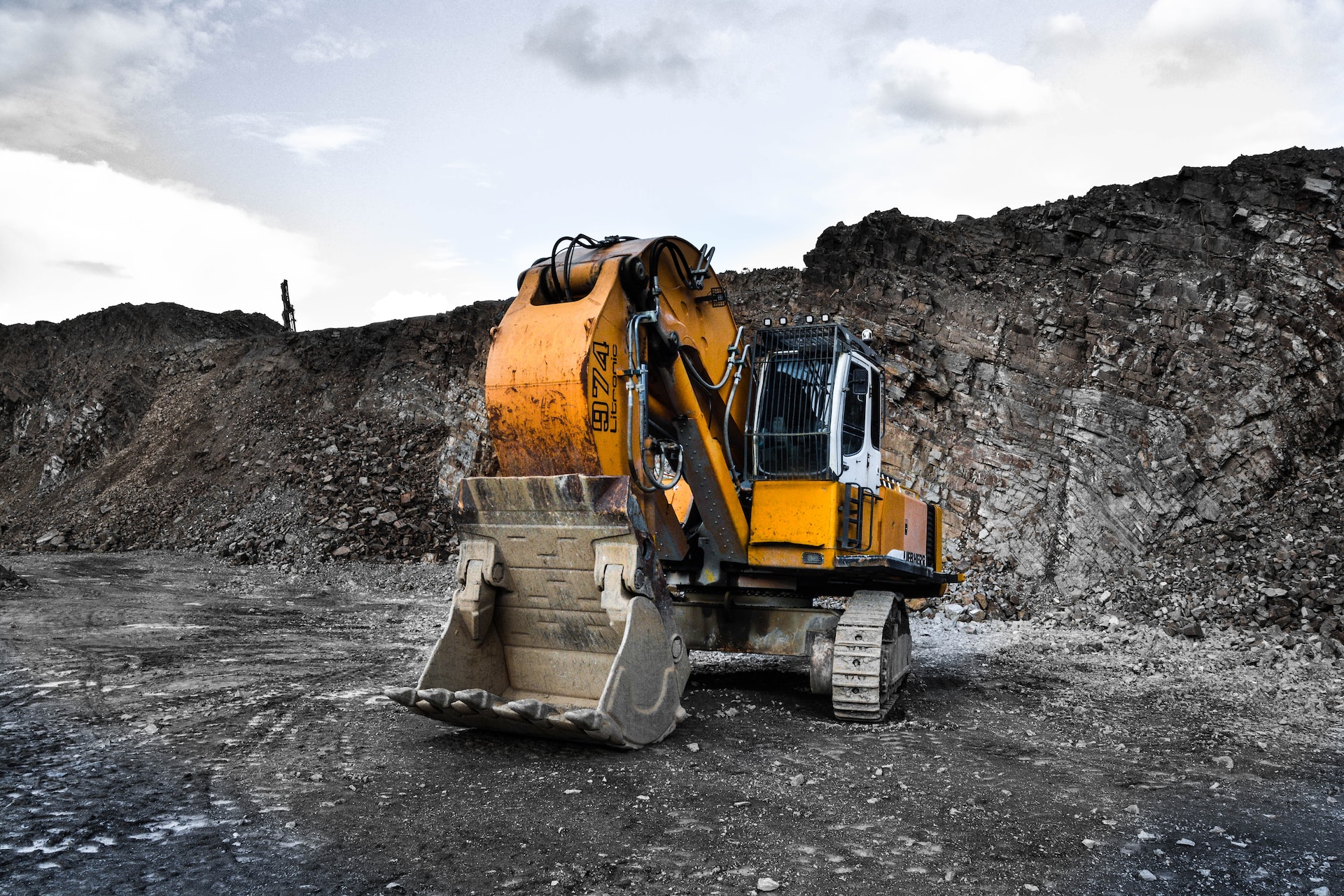The construction 3D printing industry has been gaining momentum lately with a range of 3D printed buildings and houses being constructed around the world. When it comes to 3D printed houses, most companies involved in such projects aim to address the housing crisis within their region. With this specific goal in mind, the city of Muscatine, Iowa announced in May 2023 a collaboration with local nonprofit and housing organizations, Muscatine Community College (MCC), and Iowa City additive construction company Alquist 3D to 3D print 10 homes there this year.
The project received a $1.8 million award and each 3D printed house would bear a price tag of approximately $300,000 upon completion.
The initial plan was to achieve the construction of the ten houses by the end of this year, but the project will now be delayed as one of the first 3D printed houses built will be torn down. According to 8abc news, the first build failed and the builder is now considering to give it another shot.
“We believe it was just a difference between laboratory and on site. Just the mix itself may have had issues on site,” Brian Monahan, Housing Initiative Manager said, in an attempt to explain what happened. Hempcrete, a bio-based building material that has become more popular nowadays, was the initial mix selected for this construction. It is made up of lime-based binder and bio-based filler – hemp shives, an agricultural by-product resulting from hemp fibre processing.
Acknowledged for its low environmental impact, the material has also been proven to be very difficult to 3D print. The material has already been used in Europe in residential construction and prefabricated modular construction. It is still at the heart of some R&D projects in the USA, Texas particularly.
At the beginning of construction, Alquist 3D CEO Zachary Mannheimer would have stated the concrete mixture selected for the project could reach a PSI of 6,000 to 8,000. Quality tests conducted by IMEG, the substance was not consistently able to reach the minimum 5000 PSI threshold needed.
While the material failed to meet the same standards as concrete mixes on-site, one should not forget that other factors may have contributed to this failure. These factors might include the weather, and challenges related to the 3D printer itself – not to mention that the size of the construction projects can sometimes create additional challenge to 3D printing.
This is certainly a difficult pill to swallow for all parties involved – especially for Alquist 3D, the subcontractor, who will absorb the costs of this reconstruction, enabling future homeowners to not be impacted by the listing price.
While the second house is being built with a new material that meets the 5000 PSI requirements, this story is a great reminder that despite being a great technology, construction 3D printing still presents limitations that standard building processes do not have.
Source: WQAD News 8 – Featured image: free to use via Unsplash, Jonny Caspari | Remember, you can post job opportunities in the AM Industry on 3D ADEPT Media free of charge or look for a job via our job board. Make sure to follow us on our social networks and subscribe to our weekly newsletter : Facebook, Twitter, LinkedIn & Instagram ! If you want to be featured in the next issue of our digital magazine or if you hear a story that needs to be heard, make sure to send it to contact@3dadept.com



